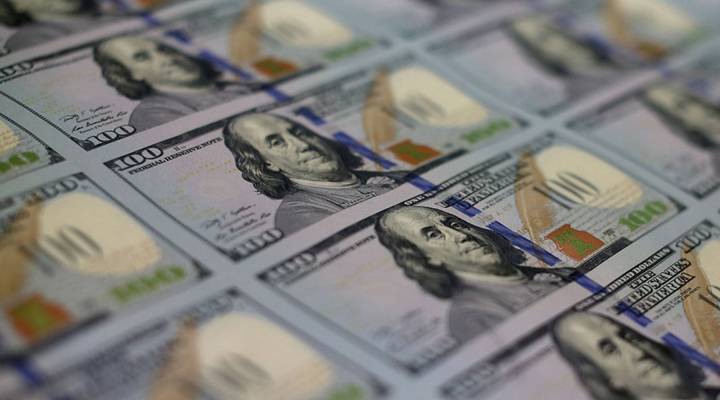
How much U.S. debt is too much?

The federal deficit — the gap between the revenue the government brings in and what it spends — grew to nearly $780 billion in the 2018 fiscal year, according to the Treasury Department.
That’s an increase of nearly 17 percent over the previous year, driven largely by the Trump tax cuts, as well as increased military spending. Senate Majority Leader Mitch McConnell called the numbers “very disturbing” in an interview with Bloomberg, pinning the blame for the increase on Medicare, Medicaid and Social Security.
While there are economic limits to how much the U.S. government can and should borrow, what that limit is or how close it may be tough to say.
“There’s no quick and easy answer,” said Harvard economist Kenneth Rogoff. “It’s clear that the U.S. can bear a lot more debt than it has at today’s low interest rate.”
Even with higher annual deficits spurred by tax cuts that will add over a trillion dollars to the debt in the next 10 years, the United States is not nearing unsustainable debt levels, said Stephanie Kelton, a professor of economics and public policy at Stony Brook University.
“Some people would say the red lights are flashing, and we’re all sticking our heads in the sand and ignoring the clear and present danger,” she said. “I don’t see a clear and present danger.”
Kelton said the United States, like Japan, will always be able pay its debts since it controls its own currency. It can simply create more money to pay its bills.
Taken to an extreme, that strategy can lead to higher inflation. And Kelton said it matters what the government uses its borrowed money to do — whether or not the spending will make the future economy more productive.
However, while there may be economic room for higher U.S. debt, politically, the threshold may be significantly lower.
“The likely scenario is there will be pressure to cut spending,” said Robert Pollin, director of the Political Economy Research Institute at the University of Massachusetts-Amherst. “If the Trump administration is committed to continuing to increase military spending, the only place where you can get a substantial amount of savings out of the rest of the budget is in health care.”
There’s a lot happening in the world. Through it all, Marketplace is here for you.
You rely on Marketplace to break down the world’s events and tell you how it affects you in a fact-based, approachable way. We rely on your financial support to keep making that possible.
Your donation today powers the independent journalism that you rely on. For just $5/month, you can help sustain Marketplace so we can keep reporting on the things that matter to you.


















